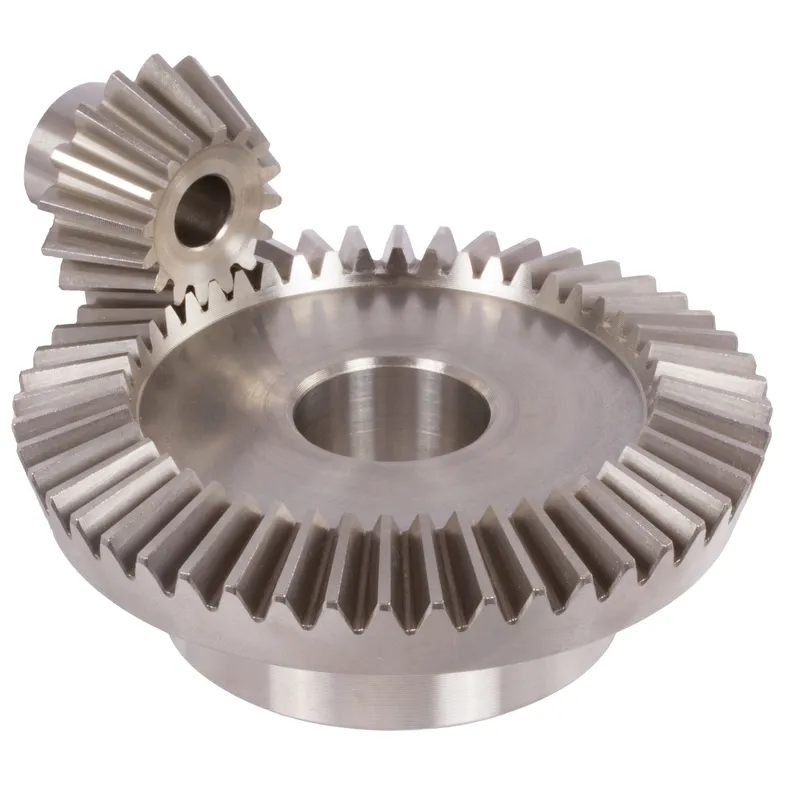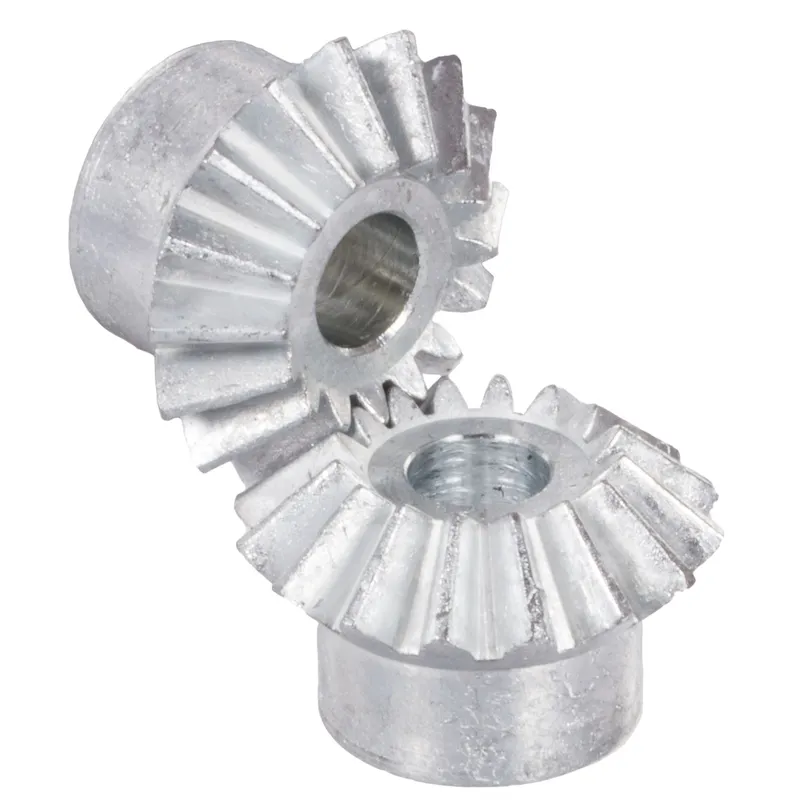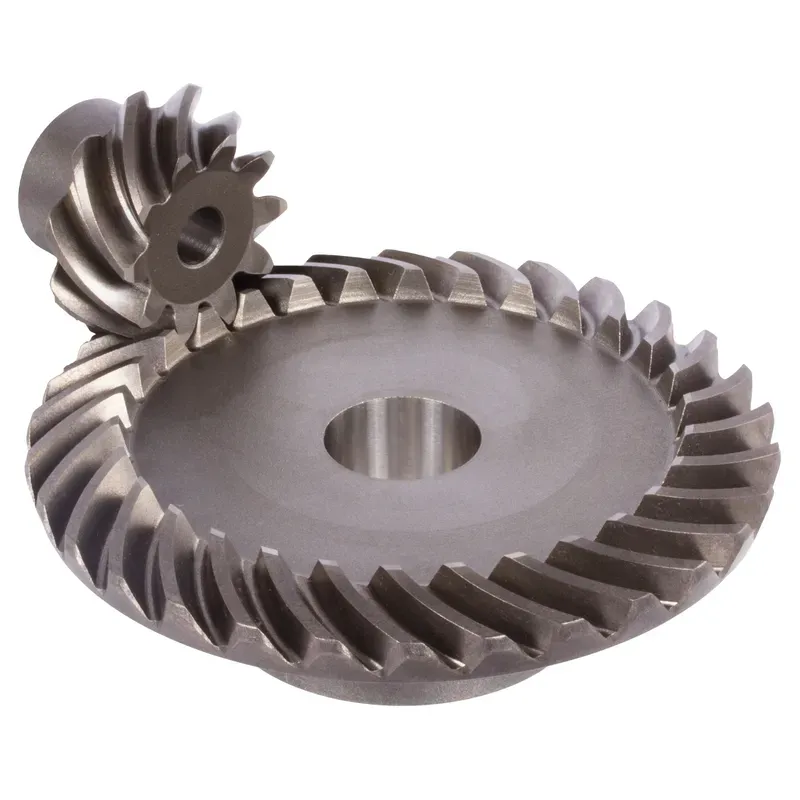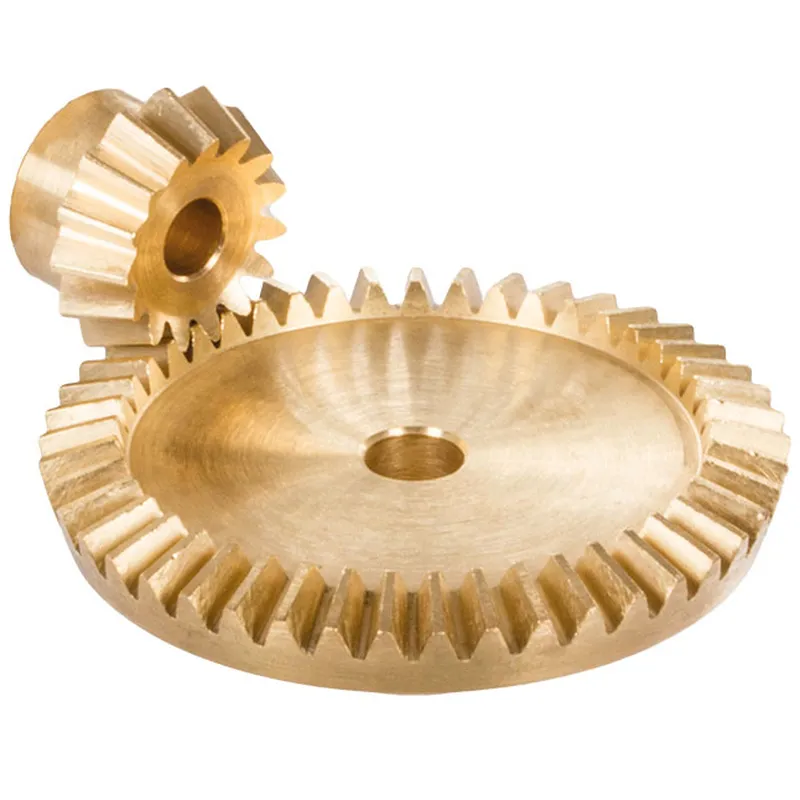Steel Spiral Bevel Gears Ratio 2.066:1 Spiral Tooth System
A steel spiral bevel gear with a 2.066:1 ratio and spiral tooth system is a conical gear designed to transmit power between intersecting shafts, typically at a 90-degree angle, with a specific speed reduction or torque increase. The 2.066:1 ratio indicates that for every 2.066 rotations of the pinion (smaller gear), the mating gear completes one rotation, optimizing torque and speed for applications like vehicle differentials or industrial machinery.
A steel spiral bevel gear with a 2.066:1 ratio and spiral tooth system is a conical gear designed to transmit power between intersecting shafts, typically at a 90-degree angle, with a specific speed reduction or torque increase. The 2.066:1 ratio indicates that for every 2.066 rotations of the pinion (smaller gear), the mating gear completes one rotation, optimizing torque and speed for applications like vehicle differentials or industrial machinery.
The spiral tooth design, characterized by curved, helical teeth, ensures gradual engagement, reducing noise, vibration, and impact stress compared to straight-tooth bevel gears. Made from steel (often 42CrMo4, hardened), these gears offer high strength and durability for high-speed, high-load applications, such as rotorcraft or heavy equipment. The spiral angle enhances tooth contact, improving efficiency and longevity.
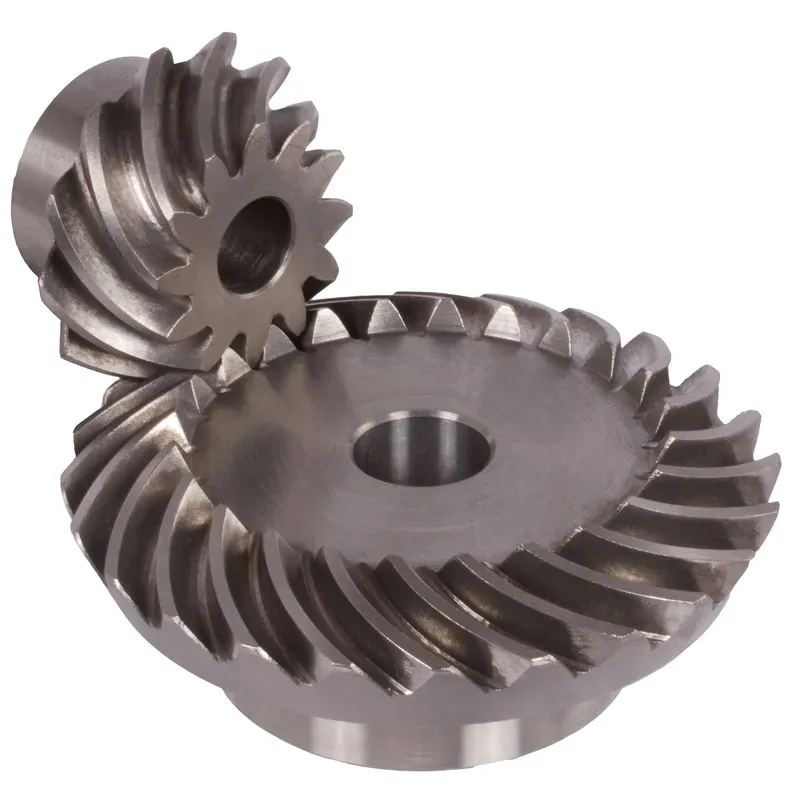
Steel Spiral Bevel Gear Ratio 2.066:1
 | 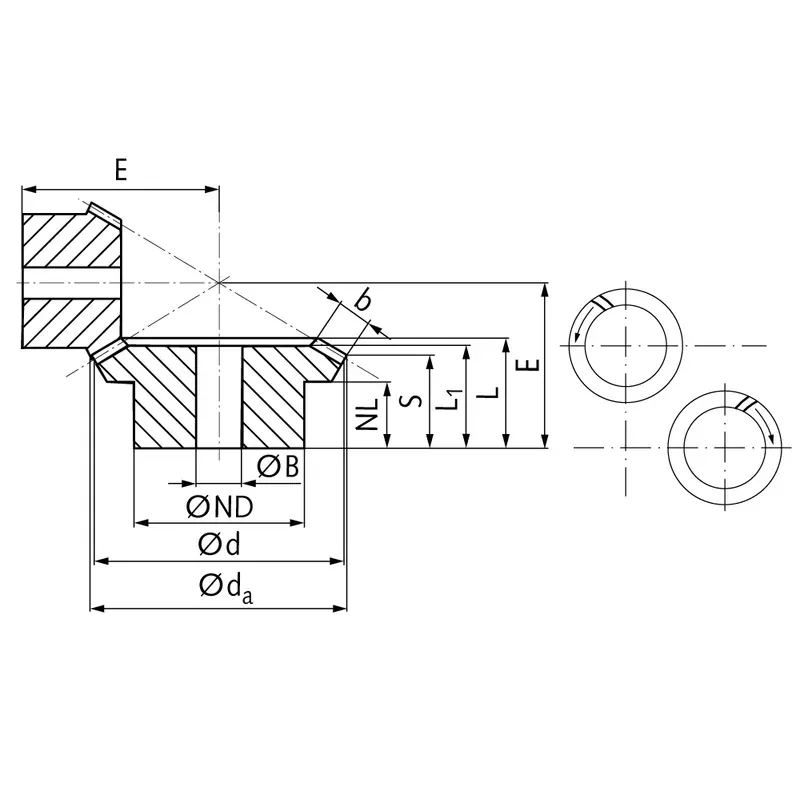 |
| Module | Number of teeth | da | d | ND | NL | L1 | L | S | b | BH7 | E | Torque* | Weight |
| mm | mm | mm | mm | mm | mm | mm | mm | mm | mm | Ncm | g | ||
| 1 | 15 | 24,1 | 21,8 | 19 | 6 | 13,2 | 13,3 | 7,0 | 7 | 8 | 29,0 | 3,6 | 112 |
| 1 | 31 | 45,6 | 45,0 | 24 | 8 | 14,0 | 16,3 | 13,2 | 7 | 10 | 23,5 | 7,4 | 112 |
Steel Spiral Bevel Gear Design Features
- Spiral Tooth Geometry
The spiral bevel gear features curved, helical teeth that engage gradually. This design reduces impact stress and noise, ensuring smoother power transmission. It enhances load distribution across multiple teeth, improving efficiency and durability in high-torque applications like automotive differentials. - 2.066:1 Gear Ratio
This specific ratio means the pinion rotates 2.066 times for each full rotation of the mating gear. It provides precise torque multiplication and speed reduction, ideal for optimizing performance in machinery such as industrial drives or rotorcraft systems requiring controlled power delivery. - High-Strength Steel Construction
Typically made from alloys like 42CrMo4, these spiral bevel gears undergo heat treatment for enhanced hardness. This ensures exceptional durability and resistance to wear under heavy loads, making them suitable for demanding environments like heavy machinery or aerospace applications. - 90-Degree Shaft Intersection
Designed for shafts intersecting at 90 degrees, these gears enable efficient power transfer in compact spaces. This configuration is critical for applications like vehicle drivetrains, where perpendicular shaft alignment is necessary to maintain system efficiency and structural integrity. - Precision Tooth Contact
The spiral tooth system increases the contact ratio, distributing forces evenly across teeth. This minimizes vibration and enhances gear meshing accuracy, resulting in smoother operation and reduced maintenance in high-speed applications such as turbines or precision machinery. - Lubrication and Heat Dissipation
The spiral design aids in retaining lubricant films on teeth, reducing friction and heat buildup. This enhances gear longevity and performance under continuous operation, critical for industrial gearboxes or marine propulsion systems where reliability is paramount.
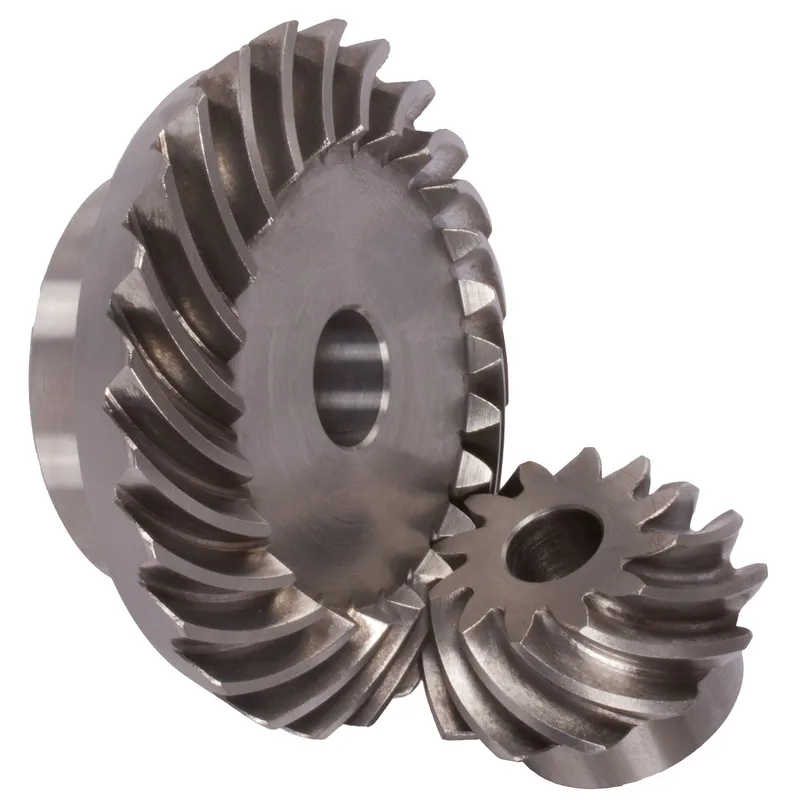
Steel Spiral Bevel Gear Applications
- Automotive Differentials
Steel spiral bevel gears are extensively used in automotive differentials to transfer power from the driveshaft to the wheels. Their ability to handle high torque and ensure smooth, quiet operation makes them essential for vehicles requiring reliable and efficient power distribution. - Aerospace Systems
In aerospace applications, these gears play a critical role in transferring power between intersecting shafts in aircraft engines and control systems. Their precision, durability, and ability to operate under extreme conditions ensure consistent performance in safety-critical environments like aviation and space exploration. - Industrial Machinery
Spiral bevel gears are commonly found in industrial machinery, including conveyor systems, mixers, and heavy-duty equipment. Their efficient power transmission, high load capacity, and compact design make them ideal for demanding industrial applications requiring long-lasting and low-maintenance components. - Marine Propulsion Systems
In marine applications, such as ship propulsion systems and underwater vehicles, these gears are used to transmit power efficiently from the engine to the propeller. Their corrosion-resistant steel construction and ability to handle heavy loads ensure reliable performance in harsh aquatic environments. - Power Tools and Equipment
High-performance power tools, such as angle grinders and drills, rely on spiral bevel gears for torque transmission. The smooth and efficient operation provided by these gears ensures precision and reliability, making them essential in tools used for construction, manufacturing, and repairs.
 | 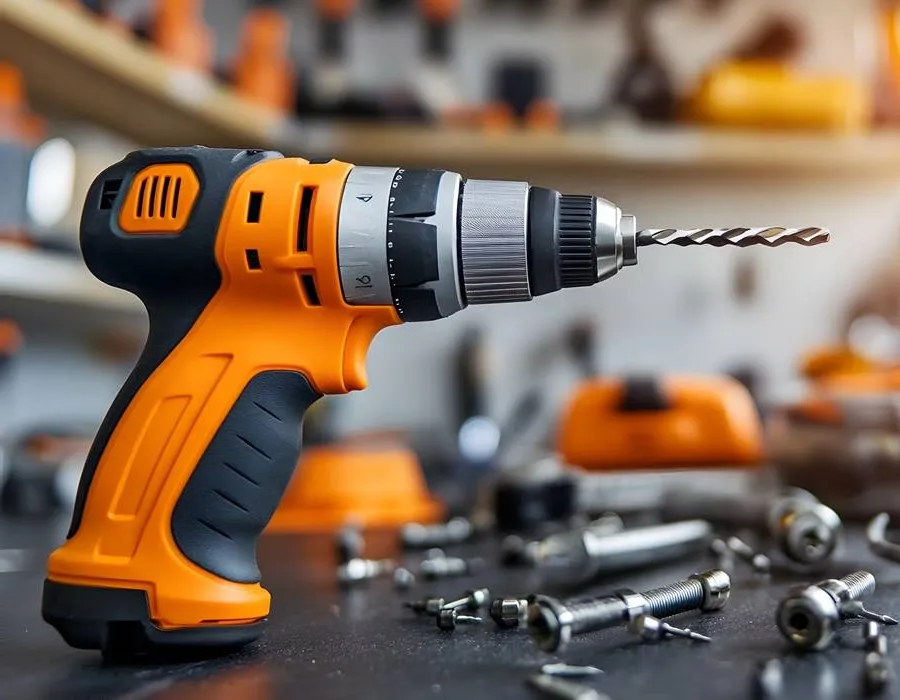 |
| Bevel Gear for Marine Industry | Bevel Gear for Power Tools |
 | 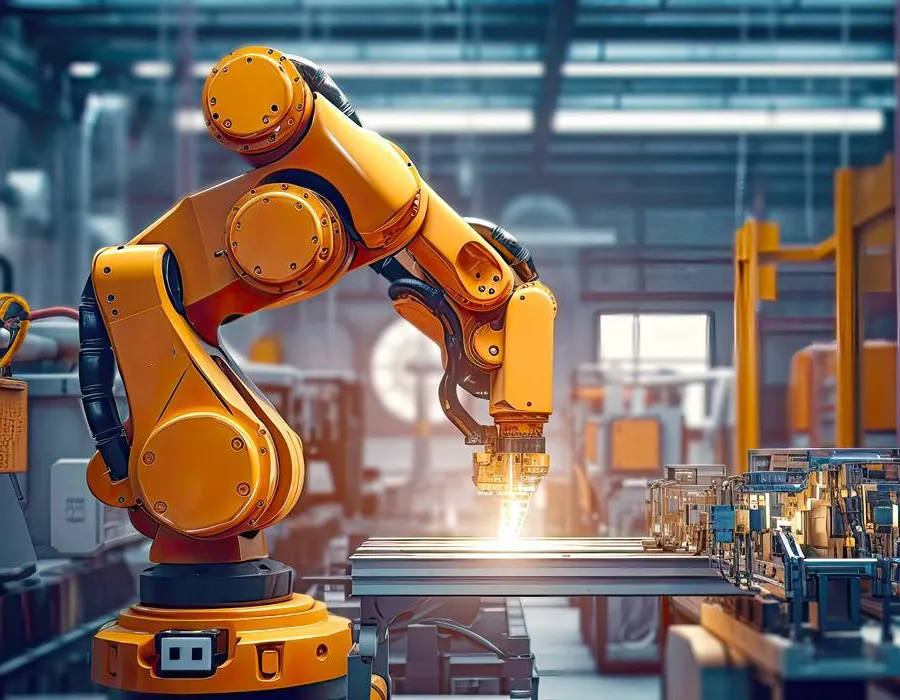 |
| Bevel Gear for Automotive Industry | Bevel Gear for Robotics |
Spiral Bevel Gear vs. Zerol Bevel Gear
Spiral bevel gears and Zerol bevel gears are two types of bevel gears used to transfer power between intersecting shafts, typically at a 90-degree angle. While they share some similarities, they differ significantly in their tooth design, operational characteristics, and applications.
1. Tooth Design
The primary difference lies in the shape and orientation of their teeth. Spiral bevel gears have curved, angled teeth that are cut in a spiral pattern. This design ensures gradual and smooth engagement between the teeth, minimizing vibration and noise. Zerol bevel gears, on the other hand, have curved teeth similar to spiral bevel gears, but the teeth are oriented radially without any spiral angle. Essentially, Zerol bevel gears are a hybrid between straight bevel gears and spiral bevel gears, combining the radial alignment of straight bevel gears with the smoothness of curved teeth.
2. Contact Mechanism
In spiral bevel gears, the teeth engage gradually due to their spiral angle, which leads to continuous and smooth contact. In contrast, Zerol bevel gears maintain a radial tooth orientation, which provides smoother contact than straight bevel gears but less gradual engagement compared to spiral bevel gears. This makes Zerol bevel gears a middle-ground option in terms of operational smoothness.
3. Noise and Vibration
Spiral bevel gears are quieter and have lower vibration levels due to their progressive tooth engagement. Zerol bevel gears, while quieter than straight bevel gears, produce slightly more noise and vibration than spiral bevel gears because of their intermediate design.
4. Applications
Spiral bevel gears are preferred in high-speed, high-load applications where smooth operation is critical, such as automotive differentials and aerospace systems. Zerol bevel gears are used in moderate-speed applications needing smoother operation than straight bevel gears but not requiring the advanced performance of spirals, such as in smaller machinery or equipment.
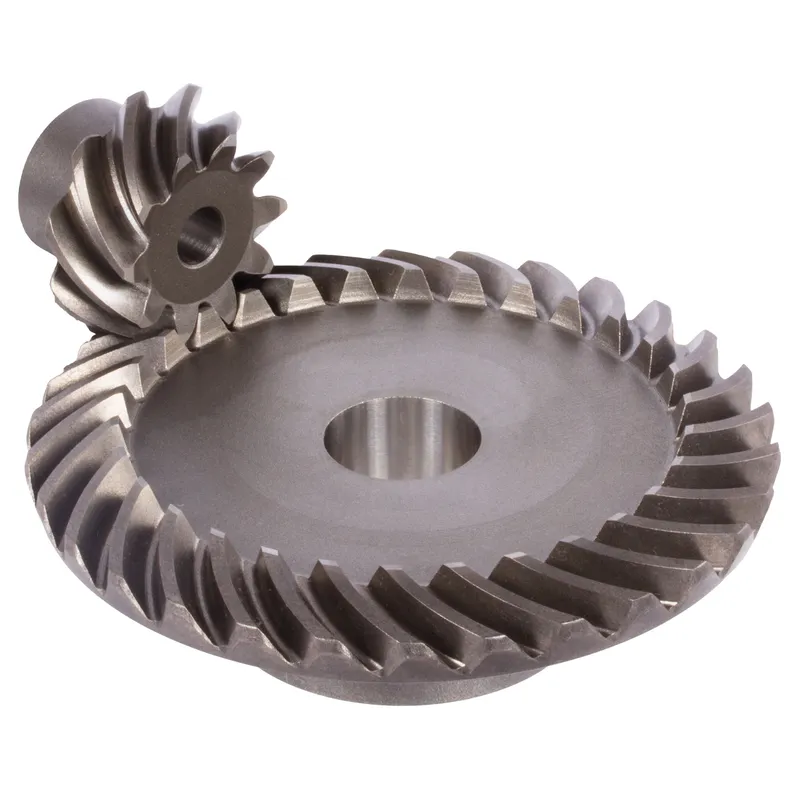 | 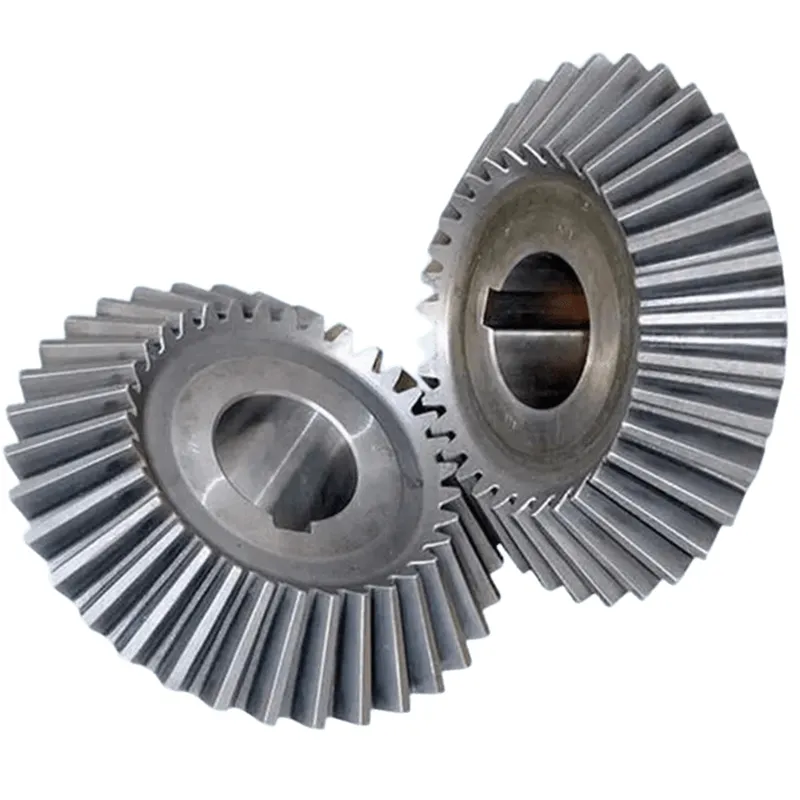 |
| Spiral Bevel Gear | Zerol Bevel Gear |
Additional information
| Edited by | Yjx |
|---|
